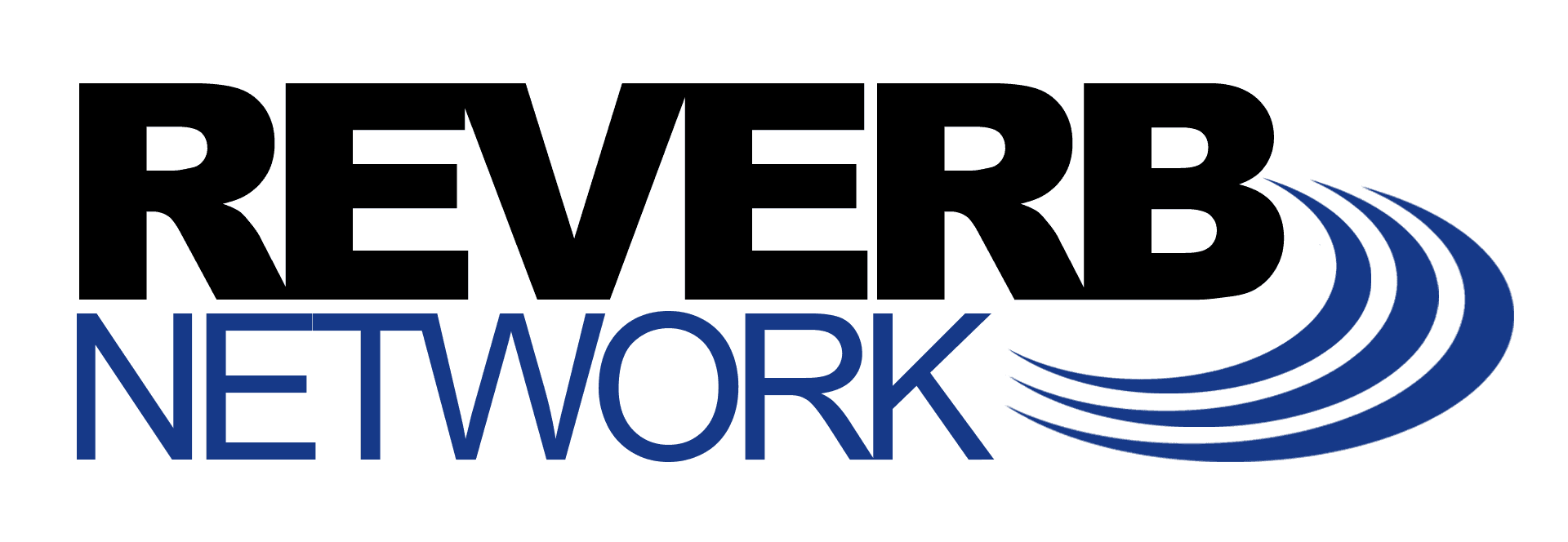Organizing for Mission
[Coaching Lesson #10 from our Serving Leadership Development Program—Achieving Organizational Effectiveness, Phase 4]
Organizations are both good and necessary. They allow individuals to work together to accomplish things that they could not be accomplished by themselves. They also help combine and utilize resources more effectively and efficiently. But this only happens when organizations are well led and properly organized. The truth is that many organizations are not very well organized. This lack of organization often leads to wasted resources, loss of productivity, and failure to achieve the organization’s mission and vision.
Case Study: Moses’ Organizational Skills (Exodus 18:1-27)
Moses was overwhelmed by the problem of leading such a large group of people. Jethro—his father-in-law—helped Moses see that he needed to put into place structures and processes to more efficiently and effectively administer justice, resolve disputes, and take care of the needs of the people.
The principle demonstrated here is that effective leaders create effective and efficient structures and processes. Moses did this by creating an organizational structure, selecting and training leaders, establishing policies and procedures, and delegating specific duties and responsibilities. His example teaches us that through the development of a well thought out structure, sound policies, processes, procedures, and effective delegation, leaders can greatly increase the effectiveness and efficiency of their organizations, enabling them to improve their ability to accomplish the mission and vision.
Healthy Organizations (Ephesians 4:1-16)
An organization is organized in a healthy way when it is able to achieve the goals, mission, and vision that God has given it. In these verses, Paul gave us some basic characteristics of a healthy organization. They are:
- Harmony (vs. 2),
- Unity (vs. 3-6),
- Diversity of roles and functions (vs. 11),
- Growth and development of people (vs. 12-13) and,
- Love for one another (vs. 16).
Discussion Questions:
- Discuss why an effective organizational structure is critically important to achieving organizational goals and objectives?
- What are some symptoms of an organization whose structure, processes, and procedures are lacking and need to be improved?
- How can the structure and systems/processes of an organization make the work easier and more gratifying for followers?
- Identify and discuss several ways that the structure of an organization and its systems and processes actually prevent people and teams from working together and thereby hinder mission accomplishment.
YOU HAVE REACHED THE END OF THIS SERIES. IF YOU WOULD LIKE TO RECEIVE WEEKLY EMAILS BEGINNING WITH PHASE 1 OF THE SERVING LEADERSHIP JOURNEY CLICK HERE.














